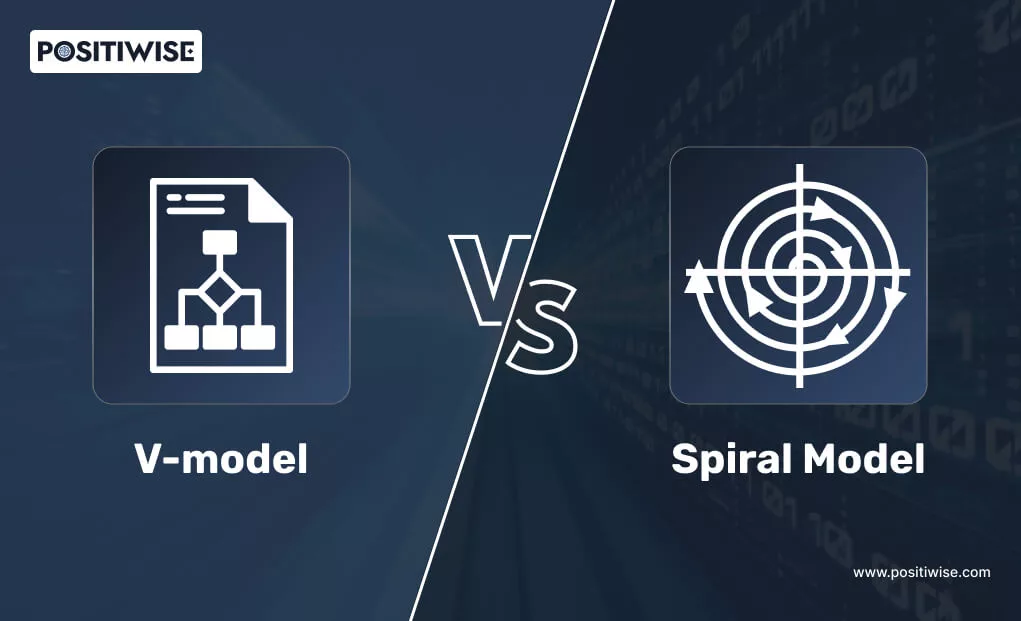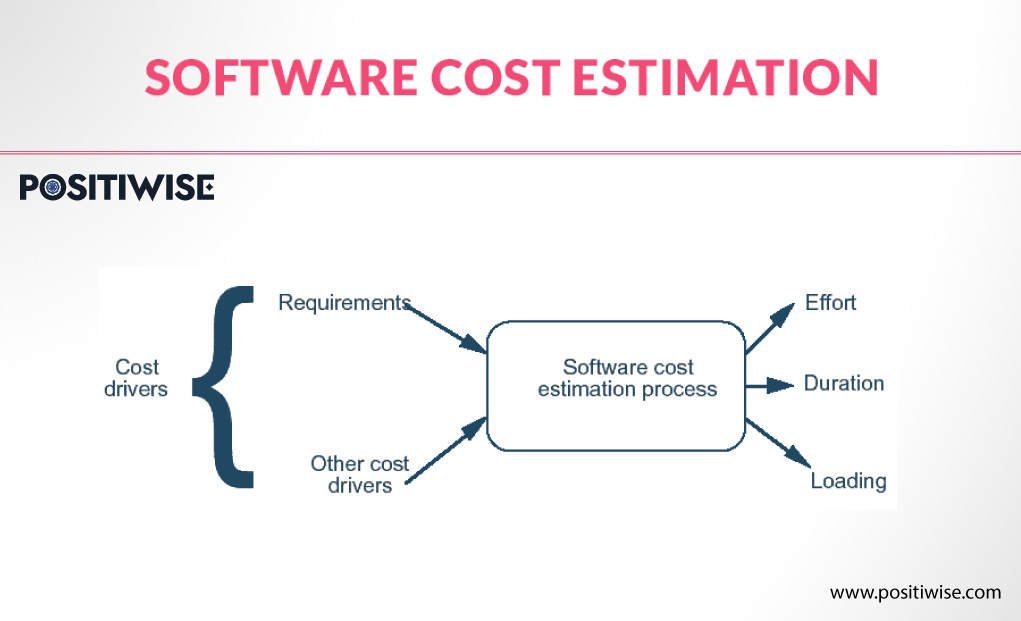Quick Overview:
Selecting the appropriate Software Development Life Cycle (SDLC) model is essential to a project’s success in the software development industry. This blog will teach you about the SDLC Models and their features. You will also learn about the various types of models and their advantages.
Introduction
One kind of SDLC model is the V-model, in which the process sequentially runs in a V-shape. You can explore the benefits of the v model vs the spiral model. The confirmation and validation model is another name for it. Its foundation is assigning a testing stage to every related development step. The subsequent phase begins when the preceding phase is finished, i.e., every development activity has a testing step.
The Definition of the SDLC Models: Waterfall, V-shaped, Continuous, and Spiral
A fundamental idea in software development is the life cycle of the software development model. or just SDLC models. The SDLC does not have a single model. They are separated into primary groupings, each with unique characteristics and shortcomings of v model vs spiral model.
Organising and Analysing Requirements
The analysis phase of any life cycle of a software development model is when process stakeholders talk about the specifications for the finished product. A thorough definition of the system requirements is the aim of this step. In addition, it’s essential to confirm that everyone involved in the process knows their responsibilities and how each need will be met. QA experts are frequently included in the conversation since they have the authority to contribute to the process, even in the development phase, if needed.
Creating the Architectural Design for a Project
The developers are designing the architects at the second stage of the application development life cycle. All parties involved, including the client, address every possible technical question that may come up at this point. The technologies employed in the project, the team load, the constraints, the timelines, and the price tag are also specified here. The established requirements guide the decision-making process for the best possible project outcomes.
Creation and Scheduling
Following approval of the requirements, the procedure moves on to the actual development phase. Here, programmers begin producing source code while adhering to the previously established specifications. System administrators modify the software environment, and web programmers create the program’s user interface and the logic that drives its server-side interactions.
- Development of algorithms
- Writing source code
- Debugging
- Testing compilation
- Testing
Here, all the errors in the code that were overlooked during the software development process are found, recorded, and returned to the developers for correction. The testing procedure is repeated until all significant problems are fixed and the software workflow is stable.
Implementation
It’s time to release the program to end users once it has been polished and found to contain no serious bugs. The tech support staff joined following the introduction of the updated program version. In addition to providing user feedback, this section also counsels and assists users while they are being exploited. This step also includes upgrading specific components to ensure that the software is current and secure against security breaches.
V Model and Its Understanding
The V Model, Spiral Model, and Waterfall Model are three well-liked software development methodologies that aid in directing the software development life cycle (SDLC) from conception to deployment and maintenance. Every model has benefits, drawbacks, and optimal applications, and selecting the appropriate model for a given project can significantly influence its outcome. The V Model is a systematic approach to creating software that proceeds in a V-shaped flow from gathering and analyzing requirements to deployment and upkeep. It is predicated on the notion that every step of the SDLC must be finished before going on to the next and that each step depends upon the previous stage’s success.
The V Model begins with requirements analysis and collection, during which the objectives and specifications of the project are determined and recorded. After that, the software architecture and interface are established during the design phase. The software is written during the implementation and coding stage, followed by the design. The program is tested to make sure it satisfies the criteria and operates appropriately during the testing phase, which comes next. The program is finally installed, and any required upgrades and maintenance are carried out during the deployment and upkeep stages. Projects with well-defined needs and a clear grasp of their objectives are best suited for the V Model.
Describe The Spiral Model
Because most of the risk has already been addressed, the spiral model assists developers in increasing the model’s efficiency based on the specific risk patterns of a particular project. It is made up of several spiral-shaped loops, each of which represents a stage in the software development cycle.
In contrast, the Spiral Model is a more adaptable software development method that permits several cycles of organizing, risk analysis, development, and assessment. The Spiral Model begins with a planning stage in which the objectives and specifications of the project are determined and recorded.
After that, the project’s possible hazards are located and assessed during the risk assessment step. The program is then built and assessed throughout the development stage. At last, the program is assessed to see if it fulfills the needs and objectives of the project during the evaluation phase. If not, the planning phase is where the process begins, with modifications made in light of the evaluation. This procedure will continue until the software satisfies the objectives and requirements of the project. Because it permits modifications to be made as the project is being developed, the Spiral Model works best for projects with a lot of uncertainty and risk.
What Does Software Testing’s V-Model Mean?
In software testing, the V paradigm is an SDLC paradigm that uses a hierarchical approach to test execution. The process of execution forms a V-shape. It also goes by the name of a verification and validation model, and it handles testing at each stage of development.
For example, if the developers release a new feature, The next stage of the V model begins once the evaluation of that new feature is finished. Software testing can benefit from the systematic and visual depiction of the SDLC process sequentially, which the V model offers. The concurrent design and testing phases before going on to the next stage are represented by the form “V.”
Important Distinctions between Waterfall Model and Spiral Model
- The waterfall model follows a sequential process and is linear. On the other hand, the spiral model is evolutionary and repetitive, repeating the same four phases at varying levels of complexity each time.
- The waterfall paradigm works well for modest initiatives with specific goals. The spiral style, on the other hand, works well for more intricate and bigger projects.
- There is no client involvement in the waterfall paradigm. On the other hand, the spiral model asks for input from the customer at every stage and offers assistance to guarantee that the program satisfies the client’s needs.
- According to the waterfall model, developers must gather and decide on the project’s specifications just once at the beginning of the process, after which they must base their project tasks. The spiral approach, on the other hand, mandates that developers gather requirements at the beginning of every iteration.
- Since the waterfall approach requires finishing a phase before starting the next, work in a phase cannot be revisited and revised after it has been finished. However, the spiral framework offers a revalidation procedure if the developers wish to fix a problem from a previous iteration.
- After the process, the waterfall model produces a single final result. Conversely, the spiral approach produces a semi-functional product at each stage of development.
- In comparison to the spiral type, the waterfall style is more affordable. The spiral model, on the other hand, costs more than the waterfall form.
Model Prototyping
Creating a prototype for software rather than just a sample would be preferable. The development team may produce a product replica using the prototyping methodology, which helps them grasp consumer wants as closely as possible. By building a prototype, developers might get inspiration to design a product that meets the market’s demands. Using a prototype model before creating the final product would lessen the possibility of misunderstandings.
The development team builds a sample prototype underneath the prototype model, tests it, evaluates it with the client, and then refines it. The development team benefits from the prototype approach as it decreases the number of iterations. Allowing developers to save time and increase client satisfaction.
How Does the Waterfall Model Operate, and What Is It?
One of the earliest and most basic approaches to software development is the waterfall model. It’s a sequential design approach frequently applied in software development, with progress moving through many phases in a waterfall-like manner. This highly organized approach breaks down the software development process into discrete phases. Each with its own set of deliverables and a review procedure. The Waterfall model is employed linearly and successively, where every stage must be accomplished before another one can begin. There aren’t any repetitive or overlapping stages.
Specifications Analysis: In this initial stage, stakeholders and the project team precisely identify the requirements. It entails compiling every detail required to steer the project towards its successful conclusion.
System Development: The requirements are used to inform the architecture and design of the system. This stage describes the system’s general architecture, including storing data, modular design, and component demarcation.
Implementation: After the system design is established, the software’s actual programming or coding phase gets started. To ensure the design is faithfully converted into code, developers must rigorously adhere to the set standards.
Integration and Testing: Following coding, the software’s constituent parts are combined to create a whole system. Then a thorough testing process is carried out to identify and fix any bugs.
Deployment: Once tested and approved, the program is made available to end users in the production environment. Before a wide rollout, the initial deployment could be restricted to a particular user group.
Maintenance: After deployment, the program moves into this phase, when it is gradually improved, fixed, and updated in response to user input and changing needs.
To Conclude
The spiral model identifies risk to reduce the likelihood of project failure, which sets it apart from the waterfall approach. On the other hand, the waterfall approach is riskier as it lacks iterations and necessitates doing everything at once for a software product. It includes gathering requirements, planning, designing, coding, and integrating them. The waterfall methodology is generally applied to more manageable projects with well-defined specifications. On the other hand, the spiral model is mainly applied to intricate and sizable undertakings.
Expert in Marketing Strategy and Brand Recognition
Jemin Desai is Chief Marketing Officer at Positiwise Software Pvt Ltd, he is responsible for creating and accelerating the company’s marketing strategy and brand recognition across the globe. He has more than 20 years of experience in senior marketing roles at the Inc. 5000 Fastest-Growing Private Companies.






